刘蕴:缅甸“谈协委”的组建和影响

来源:刘蕴 翰悦缅甸评论
本文是 IAPS Dialogue (英国诺丁汉大学亚太研究所网刊)的特邀稿件
Building Peace In Myanmar: Birth of The FPNCC
缔造缅甸和平:“谈协委”的诞生
On 19 April 2017, the Federal Political Negotiation and Consultative Committee (FPNCC) was formed by the 4th Ethnic Armed Organizations (EAOs) Pangkham summit with a task of “discussing with the government of Union of Myanmar regarding the issues of peace-building in Myanmar. ”All the 27 authorized representatives belong to 7 Nationwide Ceasefire Agreement (NCA) non-signatories of the Arakan Army (AA), the Kachin Independence Army (KIA), the Myanmar National Democratic Alliance Army (MNDAA), the Ta’ang National Liberation Army (TNLA), the Shan State Progress Party/Shan State Army (SSPP/SSA), the National Democratic Alliance Army (NDAA) and the United Wa State Army (UWSA). The FPNCC membership was declared to be always open to qualified EAOs, political parties on ethnic affairs as well as high-profile individuals.
2017年4月19日,民地武邦康峰会正式确定组建了“联邦政治谈判协商委员会”(以下简称“谈协委”),该组织的任务是“与联邦政府举行和平谈判”。参会的27名正式授权代表隶属于7支未签署《全国停火协议》的民地武,即若开军、克钦独立军、缅甸民族民主同盟军(果敢同盟军)、德昂民族解放军、北掸邦军、掸东民族民主同盟军和佤邦联合军。谈协委宣称其会员资格的大门将向符合条件的民地武、民族政党和个人敞开。
The rationale of the new ethnic alliance was to consolidate an alternative way rather than the established one based on the NCA for Myanmar’s Peace Process which has been regrettably retarded by depressing deadlock. On 10 August 2017, Khu Oo Reh of the United Nationalities Federal Council (UNFC), an EAOs coalition of non-signatories, said that after 14 months of talks between his organization and the government “the level of trust is now at zero ” In fact, gloomy UNFC had paved the way to birth of the FPNCC, of which 4 founding members—KIA, SSPP/SSA, MNDAA and AA have resolutely broken away from the UNFC due to “local conditions and the military’s pressure and divisive rule.”
这个新民地武联盟成立的背后逻辑是为陷入僵局的缅甸和平进程找到另外一条出路,目前的路线则是以《全国停火协议》为基础。2017年8月10日,尚未签署该协议的民地武联盟UNFC负责人库吴列说,他的组织和政府举行了14个月的谈判之后“目前的互信程度为零”。事实上,正是UNFC的不断被削弱为谈协委的组建铺平了道路。克钦独立军、北掸邦军、果敢同盟军和若开军出于“当地局势的变化以及缅军的压力和分化策略”,决定脱离UNFC,并成为谈协委的创始成员。
For the time being Nay Pyi Taw is still reluctant to begin talks with the FPNCC whose members such as KIA and MNDAA have been fighting bitterly against the Tatmadaw (Myanmar Armed Forces) since 2011. Despite that, FPNCC has set its own agenda concerning leading body (Standing Committee), executive bodies (Secretariat and Negotiating Delegation), liaison offices, committee charter, political documents (general principles and detailed demands ) and financial contributions.
目前,内比都尚未承认谈协委的谈判地位,谈协委的成员武装克钦独立军和果敢同盟军一直与缅军处于激烈对峙冲突状态。尽管这样,谈协委设定了自己的日程表,逐步确立了领导机构(常务委员会)、执行机构(秘书处和谈判代表团)、联络办公室、组织章程、政治文件(总原则和具体诉求)以及资金筹措。
UWSA’s dominant role
佤邦联合军的主导地位
The rise of FPNCC was the low-hanging fruit of a series of EAOs Pangkham summits consistently held in the UWSA headquarters. I had briefly discussed in an earlier piece written for Tea Circle about the outcome of the 3rd Pangkham summit where the short-lived predecessor of FPNCC was proposed and kicked into gear expeditiously. UWSA’s dominant role was boldly demonstrated in the summit communique, “we agreed to set up a political body, led by the UWSA, to negotiate with the union government, under the acceptance of ‘Wa state’s general principle and detailed demands on political negotiation.’” Bao Youxiang, the UWSA’s Commander-in-Chief, was installed with FPNCC Chairmanship, while other “Wa State” top leaders Bao Youyu and Zhao Guoan, both believed to be at the right hand of Bao Youxiang, took reponsibilities to lead the FPNCC Secretariat. N’Ban La of KIA, after stepping down as UNFC’s Chairman, has assumed an awkward, somehow ceremonial role of so-called “second chairman” of the FPNCC. Rumor has it that an unwritten rule was set for the KIA to follow policies made by the UWSA directed by Chinese imperatives for border stability and the Belt & Road Initiative.
谈协委的出现是系列邦康峰会之后可以想见的一个结果。我曾在《茶话会》(参考【署名评论】以佤邦联合军的视角看待缅甸和平进程)上发文分析讨论了第三次邦康峰会,此次会议提出设想并迅速成立了谈协委短暂的前身。峰会公报第五条直言不讳亮明了佤邦联合军的主导地位 :“在不签署NCA, 但认可佤邦提出的‘对政治谈判的总原则及具体诉求’的前提下,会议推举佤邦牵头组建统一的政治谈判团队与联邦政府举行政治谈判。” 佤邦联合军总司令鲍有祥担任谈协委主席,佤邦的另外两位主要领导鲍有宇和赵国安则负责谈协委的秘书处。克钦独立军领导人恩板腊卸下UNFC主席一职之后,担任了尴尬的且带有礼仪性质的所谓谈协委“第二主席”。有传言说克钦独立军必须遵守的一条规矩是要跟随佤邦联合军制定的政策,而这些政策将反应边境安全战略和一带一路倡议。
Security concerns are deep-rooted in the UWSA which was the main successor of the Communist Party of Burma (CPB) and entered into a ceasefire agreement with Myanmar government in 1989. Today, the 30,000-strength UWSA is the strongest EAO in the country (also the strongest non-state army of the world), heavily armed with China-made sophisticated weapons such as Man-portable Air Defense Systems (MANPADS), 122mm howitzers and armored fighting vehicles. It becomes a knee-jerk reaction to suspect the UWSA of involvement in any major military action conducted by the EAOs residing along the Sino-Myanmar border. On 14 March 2017, at a urgent face-to-face meeting with UWSA senior officials, China’s Special Envoy for Asian Affairs Sun Guoxiang asked Zhao Guoan, Chief of External Relations for “Wa State”, that whether the UWSA had planned or was planning to have a hand in the offensives starting from 6 March against the Tatmadaw launched by the MNDAA, an FPNCC member. This allegation had been categorically denied by Mr. Zhao.
作为缅共的主要继承者,佤邦联合军虽然于1989年与联邦政府签署了停火协议,但是它的安全担忧是根深蒂固的。目前,3万兵力的佤联军是缅甸最大的民地武(也是全世界最大的非国家武装)。佤邦联合军的武器装备包括单兵防控系统、122毫米榴弹炮和装甲车。对于中缅边境上的任何大规模冲突,外界都会条件反射认为与佤邦联合军有关联。2017年3月14日的一次紧急会晤上,佤邦对外关系部部长赵国安回复中国特使孙国祥的有关询问时,坚决否认佤邦与3月6日开始的果敢地区冲突有牵扯。
Impact on Myanmar’s Peace Process
对缅甸和平进程的影响
Now that the FPNCC, a UWSA-led ethnic alliance has entered into uncharted waters of Myanmar’s Peace Process to which State Counselor Aung San Suu Kyi has attached the highest priority. More importantly, Beijing has promised to back her peace efforts. Unfortunately there has been a “dark theory” circulated among EAOs indicating that “just like the military, she does not trust the armed ethnic groups, and wishes to teach them a lesson, using the conflict to force them into making concessions at the negotiation table.” In contrast, FPNCC could be politically much more open-minded and pragmatic about Aung San Suu Kyi’s efforts. The NCA as a whole was used to be forcefully dismissed by top leaders of the UWSA. Recently, Zhao Guoan, in his capacity as Executive Deputy Secretary-General of FPNCC, said “we are opposed the Political Dialogue Framework and voting rules rather than the NCA ”
目前的新局面是,佤邦领导的谈协委已经进入缅甸和平进程的“未知水域”,而昂山素季则将和平进程视为首要任务。更重要的是,北京已经承诺要支持她的和平努力。不过民地武当中流传一个“黑理论”——就像缅军一样,她并不相信民地武,希望给民地武一些教训,迫使民地武接受谈判。与此不同,谈协委会以更加开放和务实的态度对待昂山素季的和平努力。佤邦的领导曾经激烈反对《全国停火协议》。最近,谈协委常务副秘书长赵国安表示 “我们不是反对NCA。而是反对与NCA捆绑的《政治会谈框架》里面的议题设置限制和表决机制陷阱。”
It is worried that FPNCC’s military tactics could have adverse effect on the Sino-Myanmar border stability. In November 2016 the offensives of so-called “Northern Alliance” comprised of TNLA, MNDAA, AA and KIA had made the situation on border totally unstable. In light of this FPNCC need to achieve “early harvest” of ensuring border stability in cooperation with the union government. If failed——no matter who should be blamed——FPNCC would see a premature end, sadly.
一些人担心谈协委的军事策略会对中缅边境稳定造成负面影响。2016年11月“缅北联合阵线”的军事进攻造成边境地区动荡。有鉴于此,谈协委需要与缅甸联邦政府合作形成一个边境和平稳定的“早期收获”,如果这个目标不能达到,那么不论责任归哪方,谈协委本身将面临夭折。
评论列表 共有 0 条评论
最新导读

热门文章


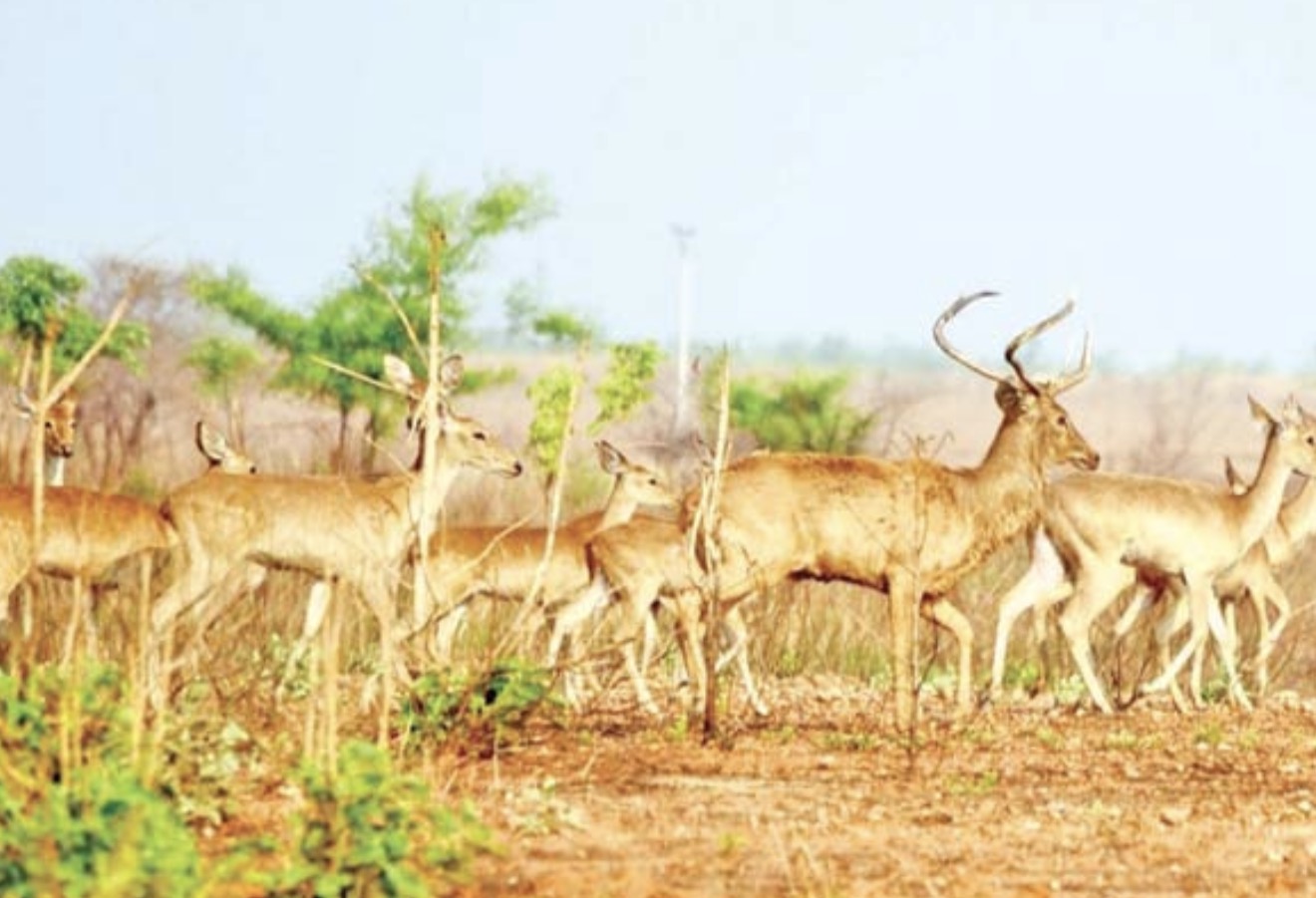


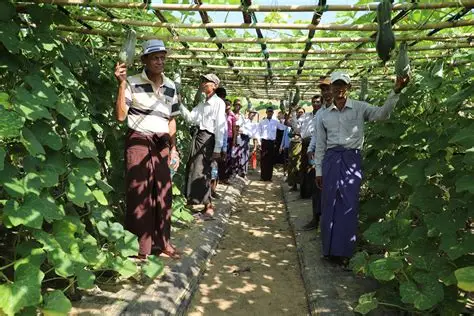

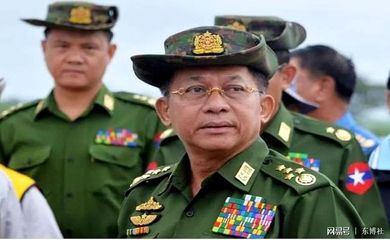
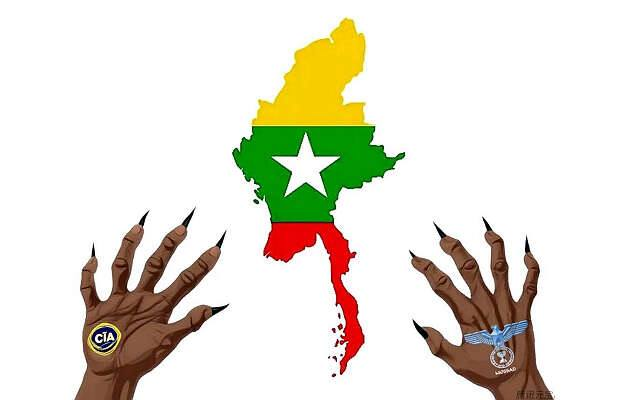
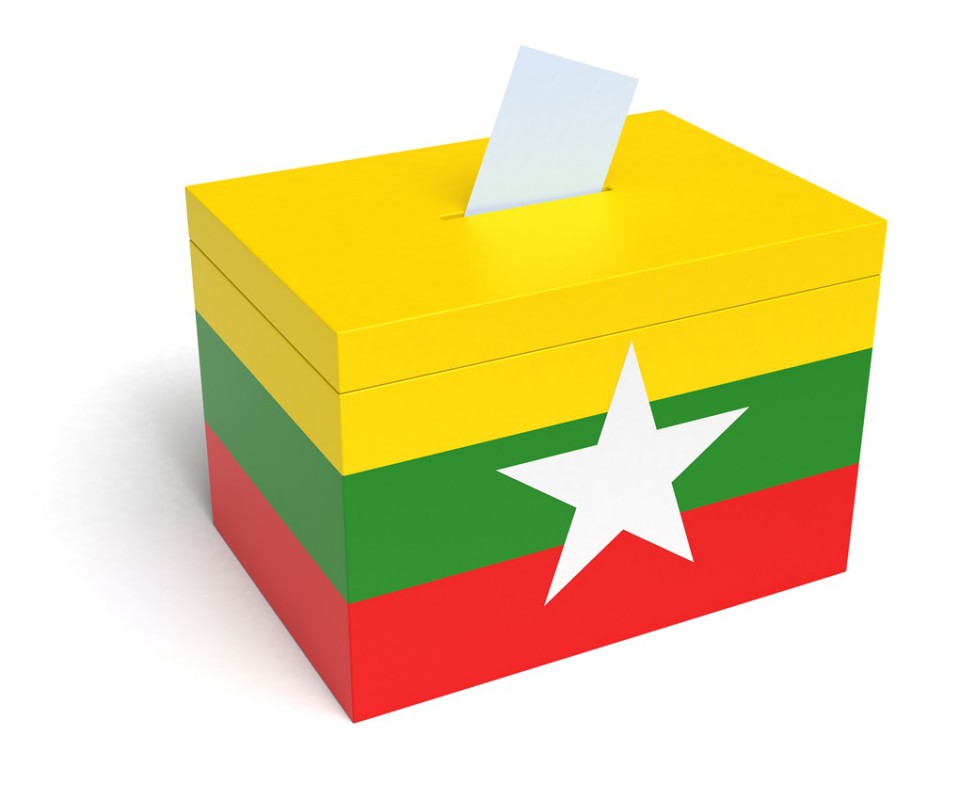

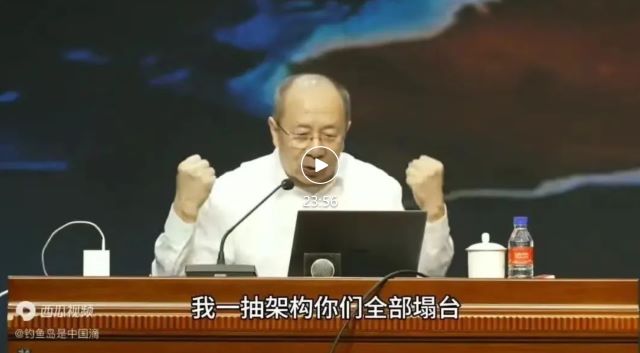




发表评论 取消回复